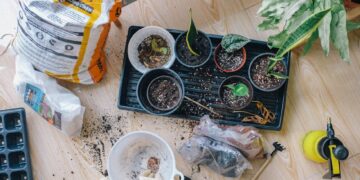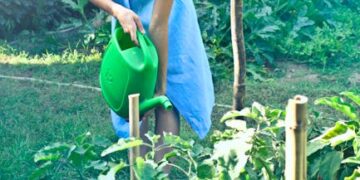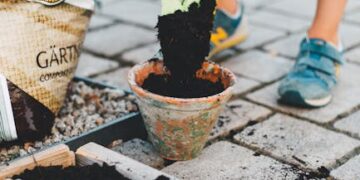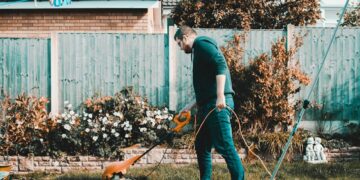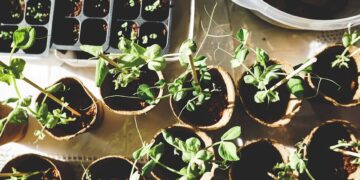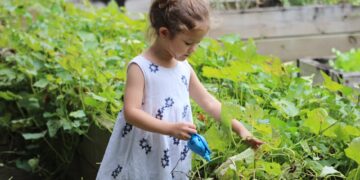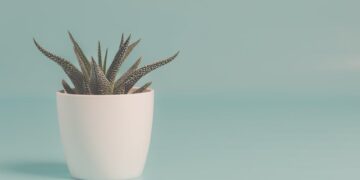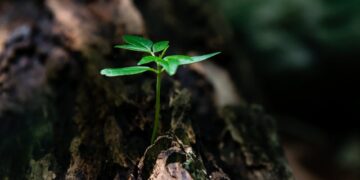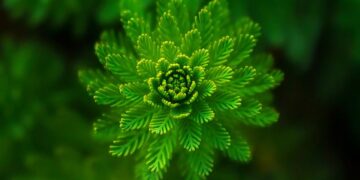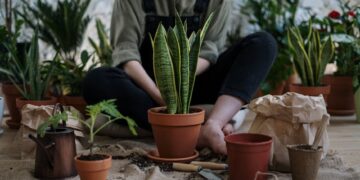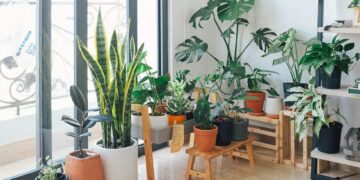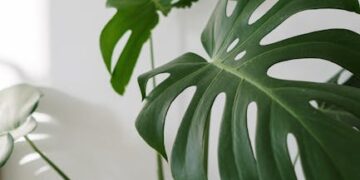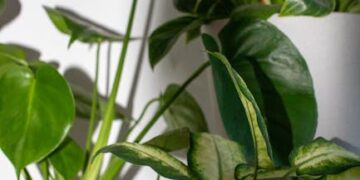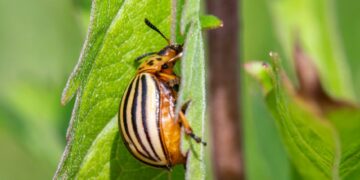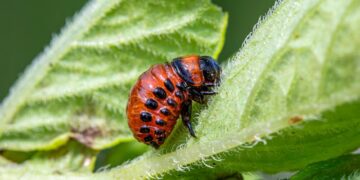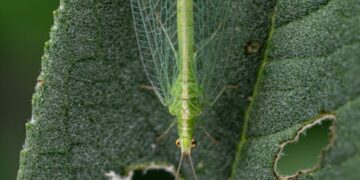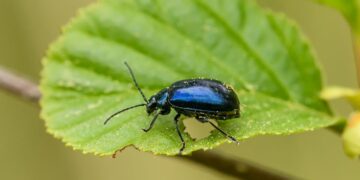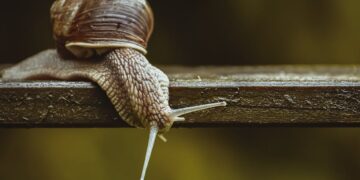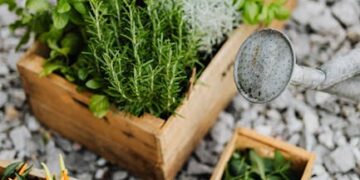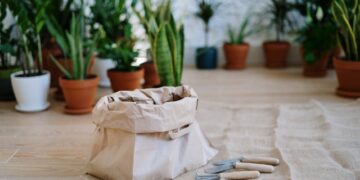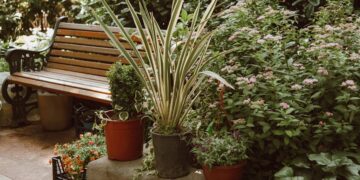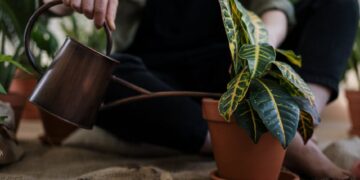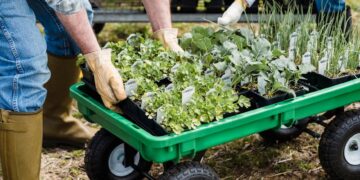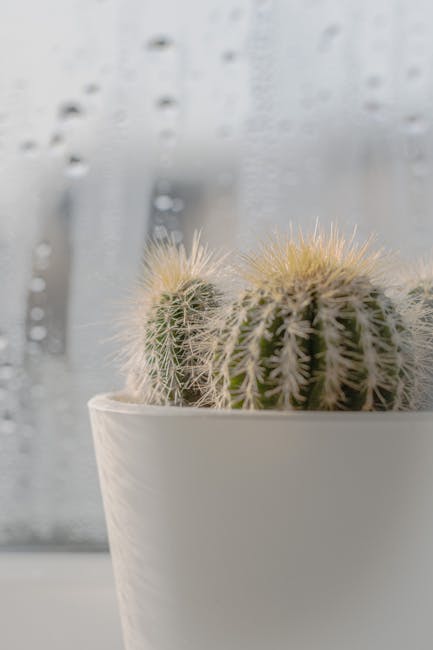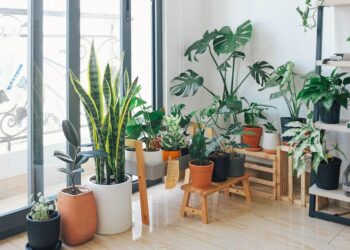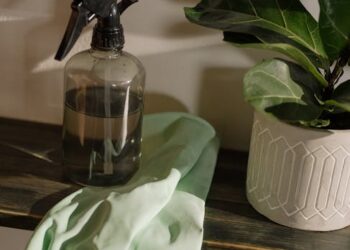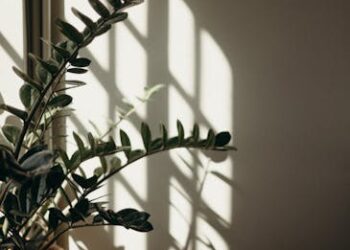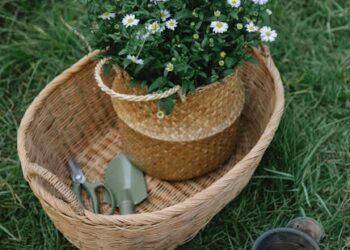Maximize Your Indoor Garden Success with the Right Plant Light
Whether you’re a seasoned green thumb or a beginner looking to spruce up your living space with some lush greenery, understanding the importance of proper lighting in indoor gardening is crucial. In this guide, we’ll delve into why choosing the right plant light can make all the difference in growing healthy, vibrant plants indoors. We will provide actionable advice, answer common questions, and give you all the necessary tools to ensure your indoor garden thrives.
Understanding Plant Lighting Needs
Plants require light to perform photosynthesis, a process where light energy is converted into chemical energy. Without adequate light, a plant cannot grow and function properly. However, not all plants require the same intensity or duration of light, which means choosing the right type of lighting is essential for the specific plants you want to cultivate.
The Role of Light in Plant Growth
Light affects various aspects of plant growth, such as germination, leaf development, and flowering. Different plants have adapted to thrive with varying amounts of light, characterized as low, medium, or high light requirements. For instance, ferns typically enjoy low light, while succulents and cacti need high light levels.
Types of Light
Light can be broken down into multiple spectra, each having a different effect on plant growth. The two primary types beneficial to plants are blue and red light. Blue light promotes vegetative leaf growth, while red light aids in flowering and fruit production. An ideal indoor plant light often combines both spectrums to support a plant through all stages of its lifecycle.
Choosing the Right Plant Light
Selecting the best plant light involves understanding different types of lighting technologies and their benefits. Here, we explore some popular options and how they cater to different indoor gardening needs.
Fluorescent Lights
These are a common choice for indoor gardens due to their efficiency in energy use and balanced spectrum, which closely mimics natural sunlight. Fluorescent tubes are particularly good for starting seedlings and growing herbs and other plants that do not require much sunlight.
LED Lights
LEDs are becoming increasingly popular due to their longevity and low energy consumption. They are available in various spectrums, allowing you to customize according to your plant’s light needs. Moreover, they emit very little heat, which decreases the risk of harming your plants due to excessive heat thus making them a safe option for small spaces.
Incandescent Lamps
Though not as energy-efficient as other types, incandescent lamps can be used for plants that require warmer conditions. However, they are better suited for providing supplementary light rather than being the sole light source.
Installation and Usage Tips
Having chosen the right type of light, the next steps involve installation and understanding proper usage to maximize the benefits for your indoor garden.
Proper Placement
The distance between your plants and light sources should be adjusted according to the light intensity needed by the plants. High light requiring plants should be closer to the light source compared to those needing low light. Regularly rotate your plants to ensure each side receives equal light exposure.
Duration of Lighting
Most indoor plants thrive on 12 to 16 hours of light per day. Using a timer to automate your lights can help maintain a consistent schedule, especially important when fostering growth during the winter months when natural light is minimal.
Common Questions About Plant Lights
1. Can regular light bulbs be used for growing plants?
While regular bulbs can be used, they usually do not provide the full spectrum required for optimal plant growth. Specialized plant lights are recommended for best results.
2. How often should I replace my plant lights?
Even if the light continues to shine, the spectrum quality might degrade over time. It is typically recommended to replace plant lights every 1 to 2 years, depending on usage.
3. Are plant lights expensive?
The initial cost can be higher than standard bulbs, but many plant lights, such as LEDs, are more energy-efficient and have lower long-term costs due to reduced energy use and less frequent replacements.
Conclusion
Embracing the right plant light technology can dramatically improve the health and appearance of your indoor garden. By understanding the specific needs of your plants and how different lights affect their growth, you can create an ideal environment that promotes robust growth. Remember, the goal isn’t just to grow plants, but to help them flourish. Now equipped with these insights, you’re ready to transform your indoor gardening approach and enjoy the lush, thriving garden you’ve always wanted.

